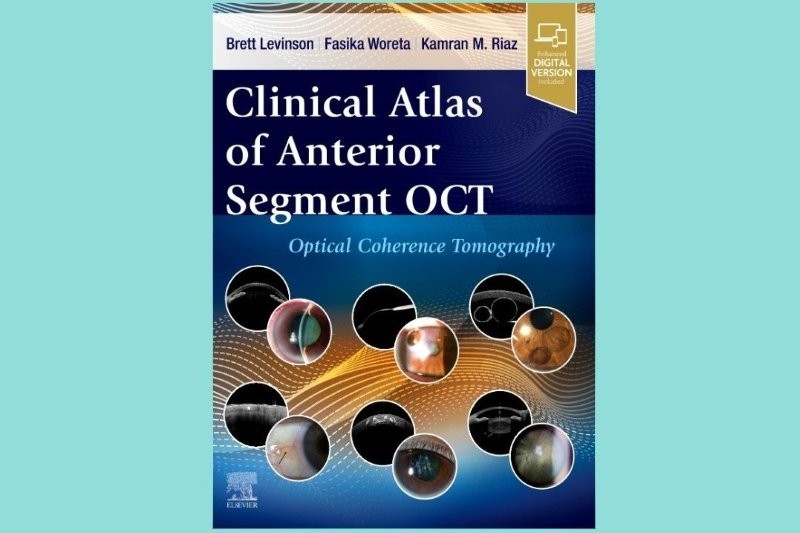Eye test may detect very early Alzheimer’s
A Washington University School of Medicine study published in JAMA Ophthalmology suggests patients with preclinical Alzheimer’s Disease (AD) have retinal microvascular alterations detectable by optical coherence tomographic angiograph (OCTA) and that in future, diagnosing the disease years before symptoms become apparent may be as quick and easy as having an eye exam.
It is important to identify people with early-stage Alzheimer disease who could potentially benefit from treatment early, because the classic clinical symptoms of AD, including progressive memory loss and behavioural changes, are only apparent after massive, irreversible neuronal loss has occurred. Current testing is invasive and expensive - but optical coherence tomographic angiography (OCTA) is a fast, noninvasive and comparatively inexpensive imaging technique of the eye that allows for analysis of changes of the retina that may be altered in preclinical AD even prior to any symptoms.
The study included 58 eyes from 30 cognitively normal adults (without any evidence of dementia) who underwent testing for biomarkers of preclinical AD and OCTA. Among the 30 people, 14 had biomarkers positive for AD and a diagnosis of preclinical AD; the other 16 people without biomarkers were used as a comparison group.
Automated measurements of retinal nerve fiber layer thickness, ganglion cell layer thickness, inner and outer foveal thickness, vascular density, macular volume, and foveal avascular zone were collected using an OCTA system from both eyes of all participants. The study suggests that cognitively healthy individuals with preclinical AD have retinal microvascular abnormalities in addition to architectural alterations and that these changes occur at earlier stages of AD than has previously been demonstrated. Larger studies are needed to determine the value of this finding in identifying early-stage AD.


























